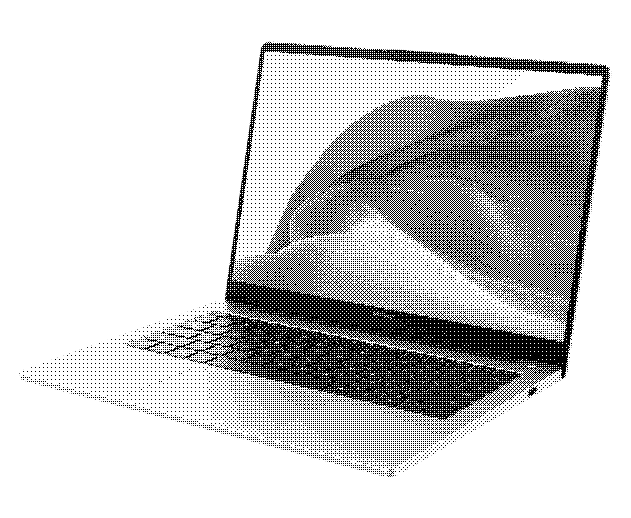As we consume more internet data in our daily lives, the electricity consumption of the internet is also
rapidly increasing. Although often overlooked, the enormous power usage of the internet has a significant
ecological impact. Therefore, this website is designed with the aim of minimising energy consumption and CO2
emissions resulting from internet browsing, known as a Low-Tech website.
A key choice was to build a static website. This means that no information is fetched on demand from a
database. The website does not communicate with the server, and the information displayed remains constant
unless changes are made to the code of the online files. This leads to a reduction in energy consumption.
On most websites, images contribute the most to page weight. To address this issue, all images have been
edited using an image compression technique called dithering. Applying this technique can make images ten
times less resource-intensive, even when displayed much larger than on the old website. Additionally, they
are converted to the WebP file format, a format introduced by Google that allows images to be displayed in
high resolution on a website, but with much smaller file sizes than traditional file types such as PNG and
JPEG.
All loaded fonts create additional requests to the server, consuming both storage space and energy.
Therefore, the interface uses system fonts (such as Helvetica) to avoid unnecessary HTTP requests.
The website is developed with a dark background because, with the advent of OLED screens, which individually
light up each pixel, using dark colours is an effective technique for saving energy.
If you want to learn more about the development of sustainable websites, visit Low Tech Magazine.
